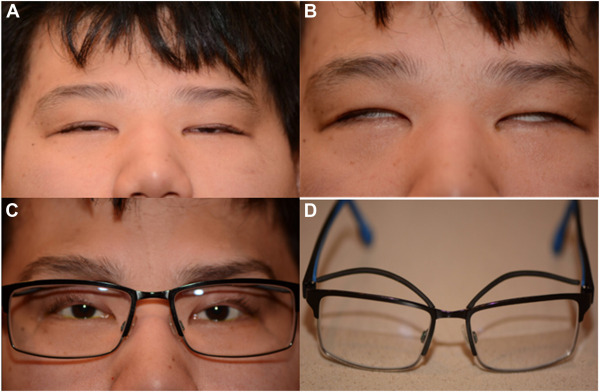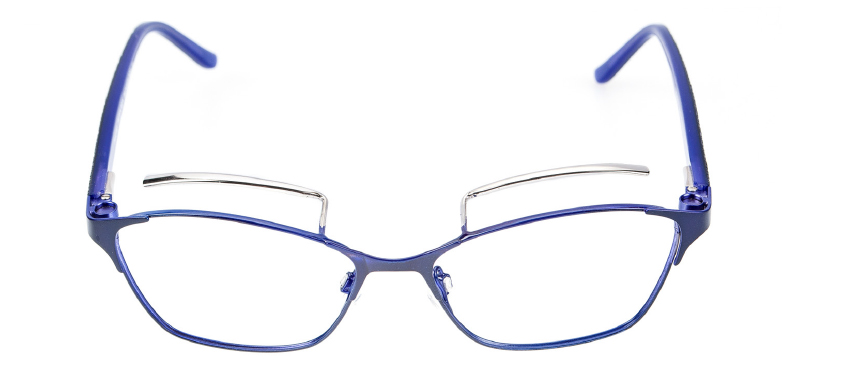We are always ready to help you. Book an appointment
For Emergencies Contact: +91 8847270023

The eye crutch is also known as the Ptosis crutch, hence serving as a crutch for ptosis; drooping eye syndrome. Ptosis is when the muscle in the upper eyelid grows week or is not functioning properly. At this state the upper eyelid struggles to open and close on its own. In severe cases the eye lid remains closed. In some cases there may be procedures to help the patient achieve a more comfortable state, but only a qualified physician can advise all available options per each unique individual. World Optic specializes in the installation of eye crutches. The eye crutch is also known as the Ptosis crutch, hence serving as a crutch for ptosis; drooping eye syndrome. Over the years our lab technicians have worked closely with physicians to address ptosis and have created many eye crutches for patients. Ptosis eye crutches can be installed onto almost any pair of glasses.Ptosis crutches mounted on glasses to help hold the upper lid open. Crutch on your frame is only a way to hold up that eye lid while you have them on. Ptosis crutches mounted on glasses to help hold the upper lid open. Crutch on your frame is only a way to hold up that eye lid while you have them on.

Crutch glasses frames are specially designed or modified eyeglass frames that support the addition of a ptosis crutch, a small bar used to lift drooping eyelids in individuals with ptosis. These frames must be sturdy and well-fitted to ensure the crutch remains properly positioned without causing discomfort. Typically, metal frames are preferred over plastic ones because they allow easier attachment of the crutch bar and offer better durability and adjustability. The frames should have a snug, secure fit on the nose and ears to prevent shifting, as any movement can reduce the effectiveness of the crutch or cause irritation. Some frames are custom-made with built-in crutches, while others can be retrofitted by an optician. A double crutch can be added for support of both eyelids, or a single crutch for one eyelid, depending on the patient’s needs. The choice of frame is crucial in ensuring the ptosis crutch works properly and comfortably, making it an essential part of non-surgical management for eyelid drooping.

There are two main types of crutch attachments:
Adjustable Crutch:
Attached to one or both lenses.
Can be fine-tuned for height and positioning.
Offers flexibility and is ideal for cases where the severity of ptosis may change (e.g., myasthenia gravis).
Non-Adjustable Crutch:
Fixed in place on the eyeglass frame.
Offers stable support but less customization.
Typically used for consistent or long-term ptosis.
People with congenital ptosis (from birth).
Individuals with acquired ptosis, due to:
Neurological conditions (e.g., myasthenia gravis, Horner’s syndrome).
Muscle weakness due to aging or trauma.
Post-surgical or post-radiation damage.
Temporary eyelid droop from fatigue or systemic illness.
The crutch is a thin, usually metal bar that is mounted inside the frame of the glasses, just above the lens. It acts as a mechanical support that gently pushes the drooping eyelid upward. This allows the eye to remain open enough for unobstructed vision. The frame needs to fit well and sit securely on the face so that the crutch can be effective without causing discomfort or slipping.

Subscribe to our newsletter for expert tips, the latest in eye health, and exclusive offers delivered straight to your inbox!